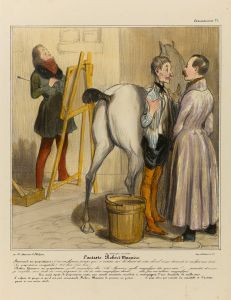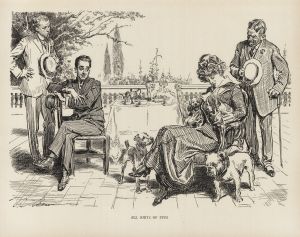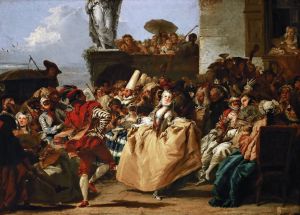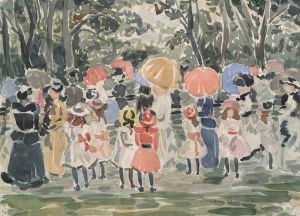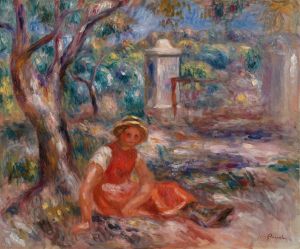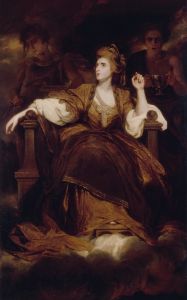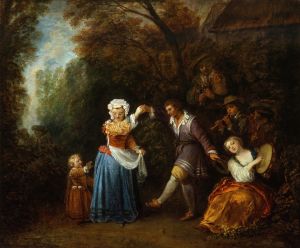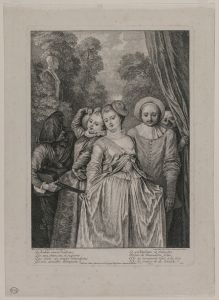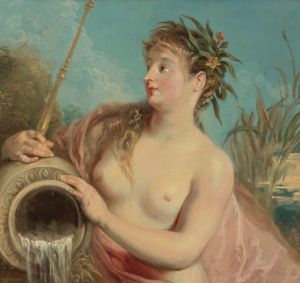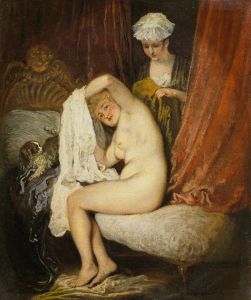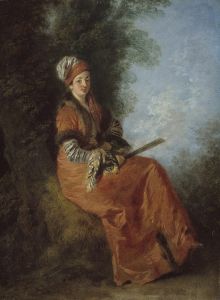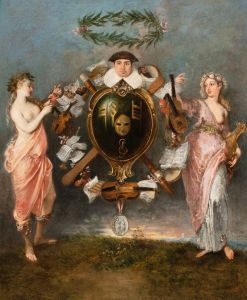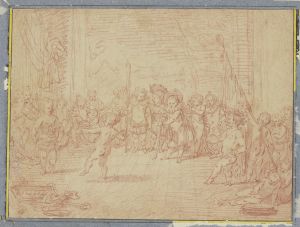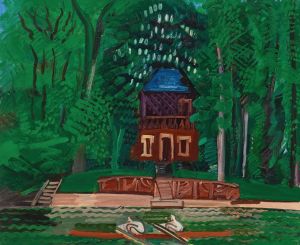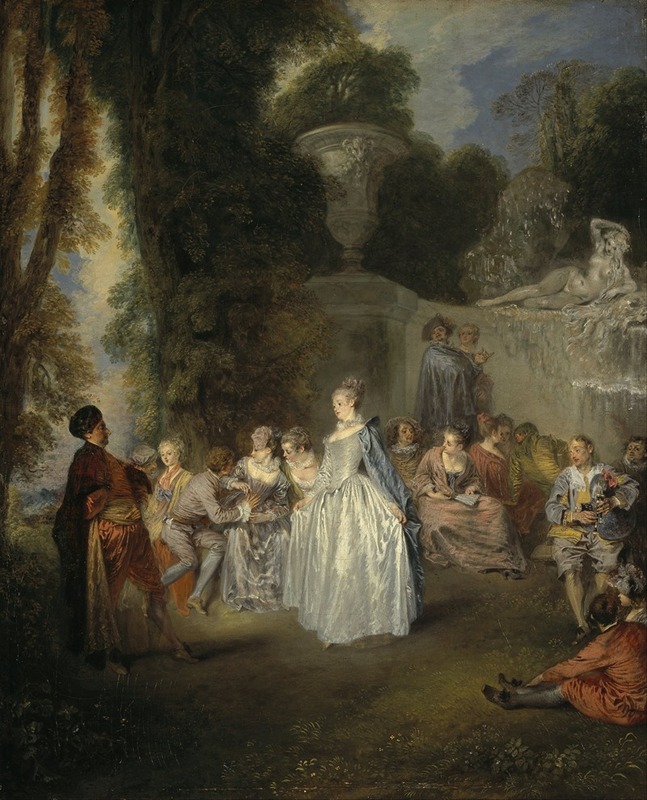
Fêtes Venitiennes
A hand-painted replica of Jean-Antoine Watteau’s masterpiece Fêtes Venitiennes, meticulously crafted by professional artists to capture the true essence of the original. Each piece is created with museum-quality canvas and rare mineral pigments, carefully painted by experienced artists with delicate brushstrokes and rich, layered colors to perfectly recreate the texture of the original artwork. Unlike machine-printed reproductions, this hand-painted version brings the painting to life, infused with the artist’s emotions and skill in every stroke. Whether for personal collection or home decoration, it instantly elevates the artistic atmosphere of any space.
Fêtes Vénitiennes is an oil painting by the French Rococo artist Jean-Antoine Watteau, created around 1718–1719. The work is considered one of Watteau's fêtes galantes, a genre he pioneered that depicts scenes of elegant outdoor entertainment, often blending elements of reality and fantasy. The painting is currently housed in the Scottish National Gallery in Edinburgh, Scotland.
The composition of Fêtes Vénitiennes centers on a group of figures engaged in music, dance, and conversation within a lush, idyllic setting. At the heart of the scene, a couple is depicted dancing, with the man dressed in a theatrical costume resembling that of a commedia dell'arte character. The woman, adorned in a sumptuous gown, appears to be his partner in the dance. Surrounding them are other figures, some playing musical instruments, such as a lute, while others observe or engage in quiet conversation. The overall atmosphere is one of refined leisure and harmonious interaction.
Watteau's use of color and light in Fêtes Vénitiennes is characteristic of his style, with soft, shimmering tones that create a dreamlike quality. The figures are delicately rendered, and their poses convey a sense of grace and fluidity. The background features a verdant landscape with trees and architectural elements, enhancing the sense of an enchanted, otherworldly setting.
The title of the painting, which translates to "Venetian Festivities," suggests an association with the opulence and theatricality of Venetian culture. However, the scene itself is not a literal depiction of Venice but rather an imaginative evocation of its spirit, filtered through the lens of French aristocratic taste in the early 18th century. Watteau often drew inspiration from the commedia dell'arte, a form of Italian theater that was popular in France at the time, and this influence is evident in the costumes and gestures of the figures.
Fêtes Vénitiennes exemplifies Watteau's ability to capture fleeting moments of beauty and sociability, blending elements of reality and fantasy to create a timeless vision of elegance. The painting reflects the cultural milieu of the Régence period in France, a time marked by a fascination with art, music, and the pleasures of life.
The work was likely created as part of Watteau's efforts to secure admission to the Académie Royale de Peinture et de Sculpture, where he was accepted in 1717 with the submission of his masterpiece Pilgrimage to the Island of Cythera. While Fêtes Vénitiennes was not the piece presented to the Académie, it shares thematic and stylistic similarities with Watteau's other fêtes galantes, which were highly regarded by his contemporaries.
Today, Fêtes Vénitiennes remains a celebrated example of Watteau's artistry and his contribution to the Rococo movement. Its delicate interplay of figures, light, and landscape continues to captivate viewers, offering a glimpse into the refined tastes and artistic innovations of early 18th-century France.





